Tuesday 30 September | Day One
8:00 - 8:50
REGISTRATION AND REFRESHMENTS
8:50 - 8:55
DEFENCE iQ OPENING REMARKS
8:55 - 9:00
CHAIRMAN’S OPENING REMARKS
9:00 - 9:30
KEYNOTE ADDRESS: GLOBAL CONTEXT FOR UNDERWATER OPERATIONS
Captain Nuno Palmeiro Ribeiro -
Director, CEOM,
Portuguese Navy
· Key regions of high seabed activity, and their potential for threats and the use of MUS capabilities for operations
· Progress in the integration of new technologies into seabed operations as observed through experimentation during REPMUS
· Capability gaps highlighted during REPMUS, and their impact on the current threat picture for seabed infrastructure and emerging requirements for future underwater operations
9:30 - 10:15
PANEL DISCUSSION: OBSERVATIONS FROM THE LARGEST ROBOTIC EXPERIMENTAION AND PROTOTYPING NAVAL EXCERCISE USING MARITIME UNCREWED SYSTEMS AND OTHER RECENT EXCERCISES
· What are the existing capability gaps and upcoming requirements for underwater systems?
· How can we utilise multi-domain capabilities to improve data sharing and decision making?
· Do we need to redevelop new doctrine and strategies, based on outputs from recent observations?
Questions will be opened to the floor
10:15 - 11:00
MORNING COFFEE AND NETWORKING
11:00 - 11:30
CURRENT CONTEXT FOR CRITICAL UNDERSEA INFRASTRUCTURE
Dr. Camino Kavanagh -
Visiting Senior Fellow,
King's College London
· Addressing seabed security issues across multiple industries and sectors to provide a cohesive approach
· Challenges faced by those operating and protecting critical undersea infrastructure
· Building resilience for undersea infrastructure through collaboration with stakeholders
11:30 - 12:00
SECURING THE SEABED THROUGH INTER-AGENCY COLLABORATION
Senior Representative -
Maritime Security Centre of Excellence,
NATO
· Latest observations from the CoE’s exercises and research on critical undersea infrastructure
· The CoE’s role in bringing together stakeholders from military, industry, and academia to deliver a coherent maritime security strategy
· Strategic approaches to protecting critical infrastructure as interest rises
12:00 - 13:00
LUNCH AND NETWORKING
13:00 - 13:30
OVERVIEW: REPMUS 2025
Senior Representative -
Maritime Security Centre of Excellence,
NATO
· Key data and outputs from the testing of underwater uncrewed vehicles
· Informing NATO doctrine and policy with REPMUS observations
· Enhancing interoperability between allies and new systems through international exercises
13:30 - 14:00
HYBRID THREAT IN THE CONTEXT OF SEABED SECURITY
Konstantin Bellini -
Director, Security and Defence,
The European Centre of Excellence for Countering Hybrid Threats
· Crafting a common understanding of hybrid threats and the strategies employed to counter them
· Combining knowledge from research into technology, doctrine, and cyber power to address hybrid threats
· The Centre’s latest work in supporting nations as they define doctrine to combat hybrid threats

Konstantin Bellini
Director, Security and DefenceThe European Centre of Excellence for Countering Hybrid Threats

14:30 - 15:15
AFTERNOON TEA AND NETWORKING
15:15 - 15:30
TRAVEL TO CEOM
All conference attendees should meet at the registration desk, to be guided onto buses and driven to the CEOM.
15:30 - 16:00
VISIT TO THE PORTUGUESE NAVY’S NAVAL OPERATIONAL EXPERIMENTATION CENTER (CEOM)
All conference attendees are invited to visit the Portuguese Navy’s Naval Operational Experimentation Center for a tour of the site, including the hangar, runway, and other experimentation facilities used during REPMUS 2025. Hear a brief from the Director of CEOM to discuss the work carried out by the centre and the opportunities to get involved with new research. Understand the current priorities for the Portuguese Navy’s development and testing of innovative maritime capabilities.







